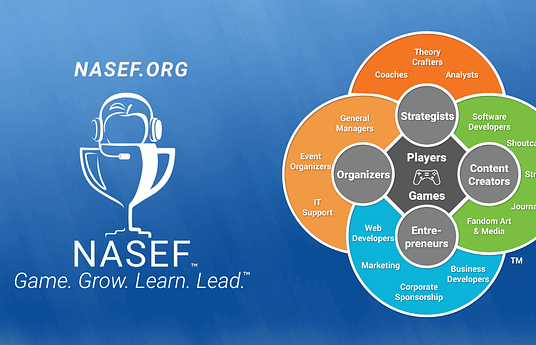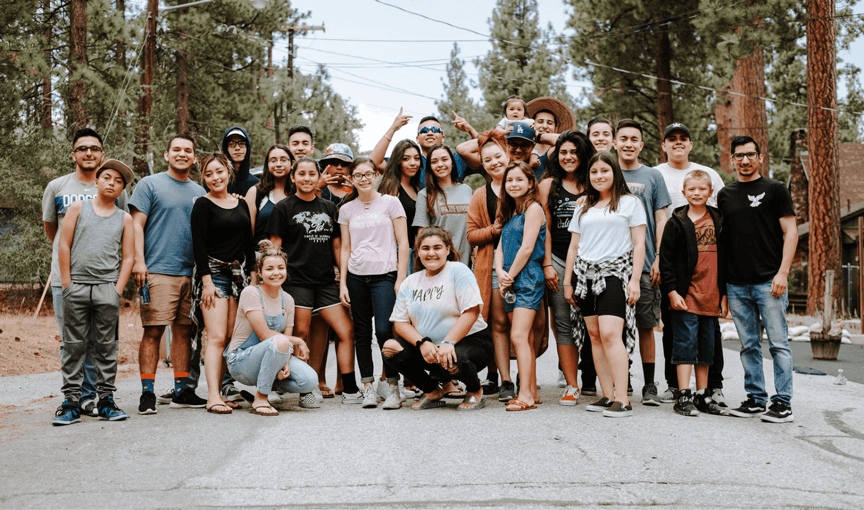What we do?
We incorporate a one-hour book-club session each school day. Each book-club consists of a mentor (teacher) and eight students. Learners are tested at the beginning of their first year to determine their abilities. The mentor reads the book in advance, and identifies the vocabulary that the group may not know. The mentor creates five questions for each reading period. The questions are composed of one literal, two interpretive and two creative. Both the students and their mentors read silently for the first 40 minutes. During this time, students take book notes of the things they would like to talk about. In the next 20 minutes,. Each student in the group participates in answering the five questions.
Note: The mentors do not teach but their job is to be listeners rather than lecturers. The 20 minutes allow every student to participate and there are no wrong answers. Whenever possible, the students should be the driving force and not teachers. The teachers are trained to facilitate the discussions to develop creative and critical thinking skills. Both mentors and students should have adequate book care skills like the use of bookmark, book bags and good coordination with the librarian. The books can be E-kitabu or hard copies.
Why we do it?
Students can go anywhere in the world through reading. Reading makes students gain an understanding of other peoples' cultures and problems. The students develop empathy for them. By giving each student an opportunity and a conducive environment to express themselves. By accepting all answers, we encourage them to engage in creative and critical thinking. The five questions provide a measure to assess the level of critical thinking among the learners. By instilling creative and critical thinking skills, we aim at doing away with the culture of rote memorization. This innovation also builds a culture of reading and love for books. Traditionally, In Kenya, students only read two books that are novels in 11th grade and two in12th grade. 4 books durning their entire high school years!
At Beads for Education, we provide full scholarships for girls in the remote Maasai community in Kenya, Africa. We facilitate their learning from 9th grade through University and it is imperative that we equip then with critical and creative thinking which is a necessity for both the present and the future.



